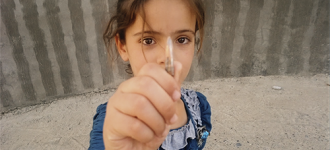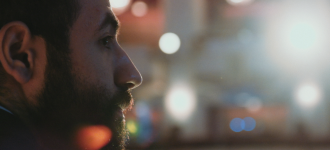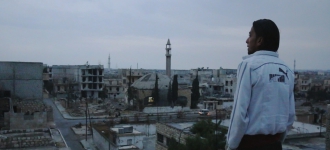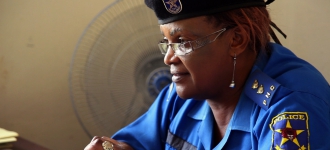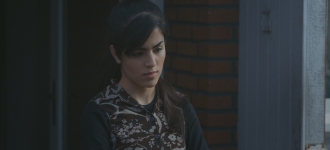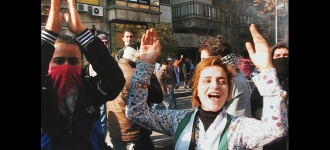The war correspondent was the hero of the early years of mass media and motion pictures. They were the ones “showing no fear” on the battlefields for us, their audiences. And, for the first time in history, their dispatches promised to provide an objective, unbiased picture of the horrors of war.
Prior to the rise of war correspondents, war had been represented subjectively. As indeed, history had been written by the victors, so had the history of wars. Consider, for example, the classic depiction of the Battle of Lepanto (1571), in which a fleet of the Holy League is led to a glorious victory by the Virgin Mary herself. To recall the triumph, a figure of the Virgin treading on the Turkish half-moon, or sometimes the bearded, turbaned Muhammad, appeared in baroque churches. If this picture was painted from the losers'; point of view, long after the events had taken place, the victim and martyrdom were idealized.
The scientific breakthrough of the late modern period brought about new demands for the representation of war. Goya's paintings of the French invasion did not emphasize heroism, or the martyrdom of defying the enemy, nor did they seek to idealize the fight; for Goya, war was the reality of blood and the objectivity of horror — he only gives the viewer the experience of being there and refrains from interpreting the events, or making historical or moral judgments.
However, the talented war correspondent, or war reporter, inevitably takes a stand. Robert Capa's
dead militiaman, or the CBS reports on the Vietnam War, raised the destruction of war from a
prosaic reality to a plane of pictorial depiction. These pictures are both professional and aesthetic in
their representation.
This era of war correspondents may soon come to an end, if it is not over yet, as a new era has begun in the presentation of war. Just as hundreds of millions of pictures are produced of the Eiffel Tower, and millions of them appear on the internet each year, uncountable images and videos are also made of the wars taking place today. The horrors in Iraq, Syria, Eritrea, and Myanmar are no longer reported to us by professional war correspondents, but by the participants of the wars themselves. Their shaky, amateur pictures do not offer us a cool knowledge, but the experience of proximity capped with doubt and uncertainty. Who is the aggressor? Who is the victim? Can we believe our eyes? Who is behind the camera (or phone)? What is their aim? Does this also belong to the war?
The war films presented at the Verzio Film Festival lean on this new and rich source for images. These documentary films were made by professionals who utilized the fresh opportunities offered by the IT explosion in the field of “war home movies”. The selection of works also reveals why skilled filmmakers are needed as they provide not only shocking images but also good, clever, and true films. The war correspondent has been shot, but has not died yet; he is fighting for his life in front of our very eyes.
| Zaradasht Ahmed • Norway, Sweden, Iraq • 2016 • 85min • Arabic | Matthew Heineman • USA • 2017 • 90min • Arabic | Firas Fayyad • Denmark, Syria, Germany • 2016 • 104min • Arabic |
| Dieudo Hamadi • Democratic Republic of the Congo, France • 2017 • 72min • Lingala, Swahili | Emil Langballe • Denmark • 2016 • 58min • Danish, Pushto, Dari | Andreas Dalsgaard, Obaidah Zytoon • Denmark, Germany, Syria, Finland • 2016 • 100min • Syrian |

